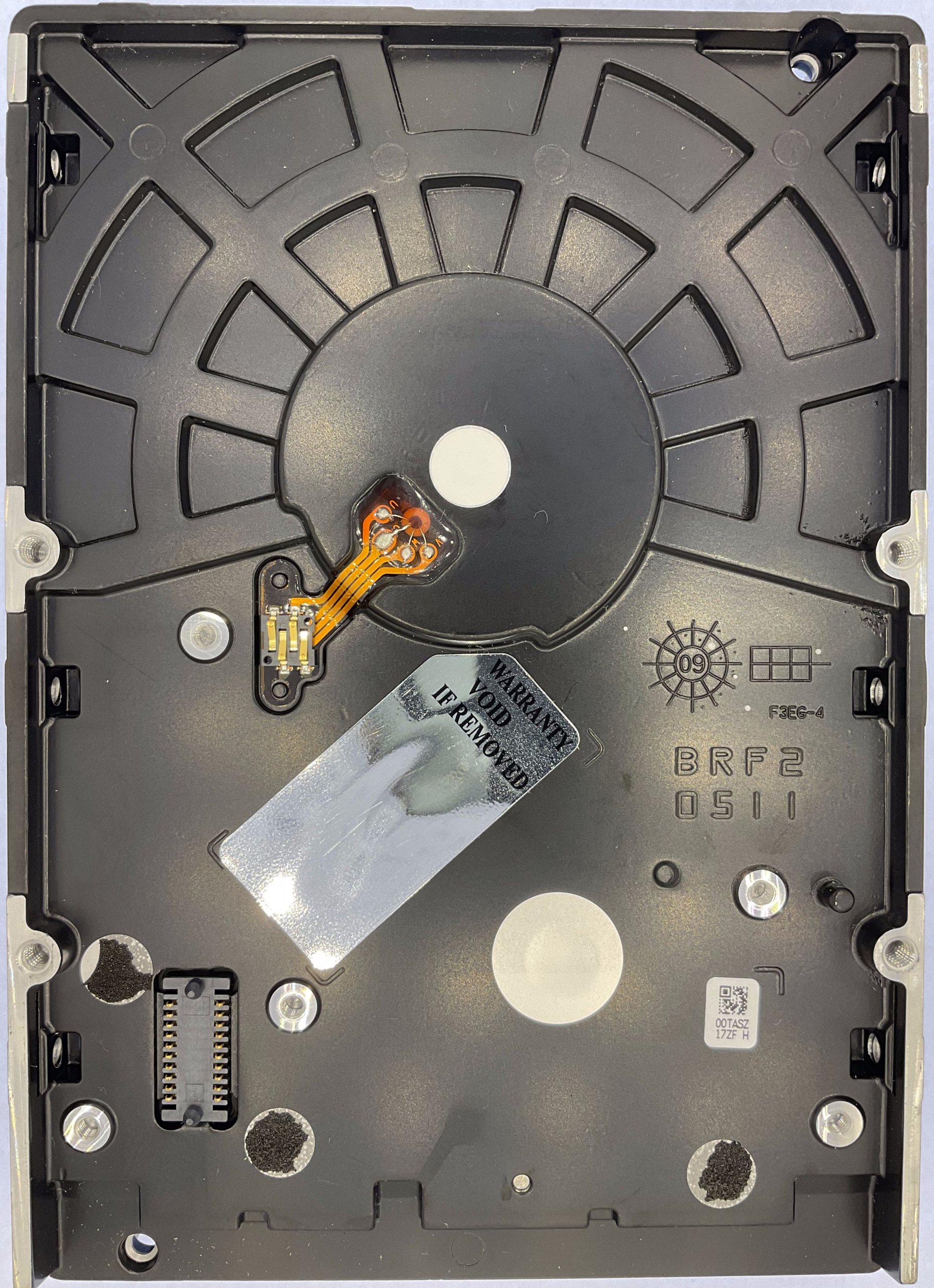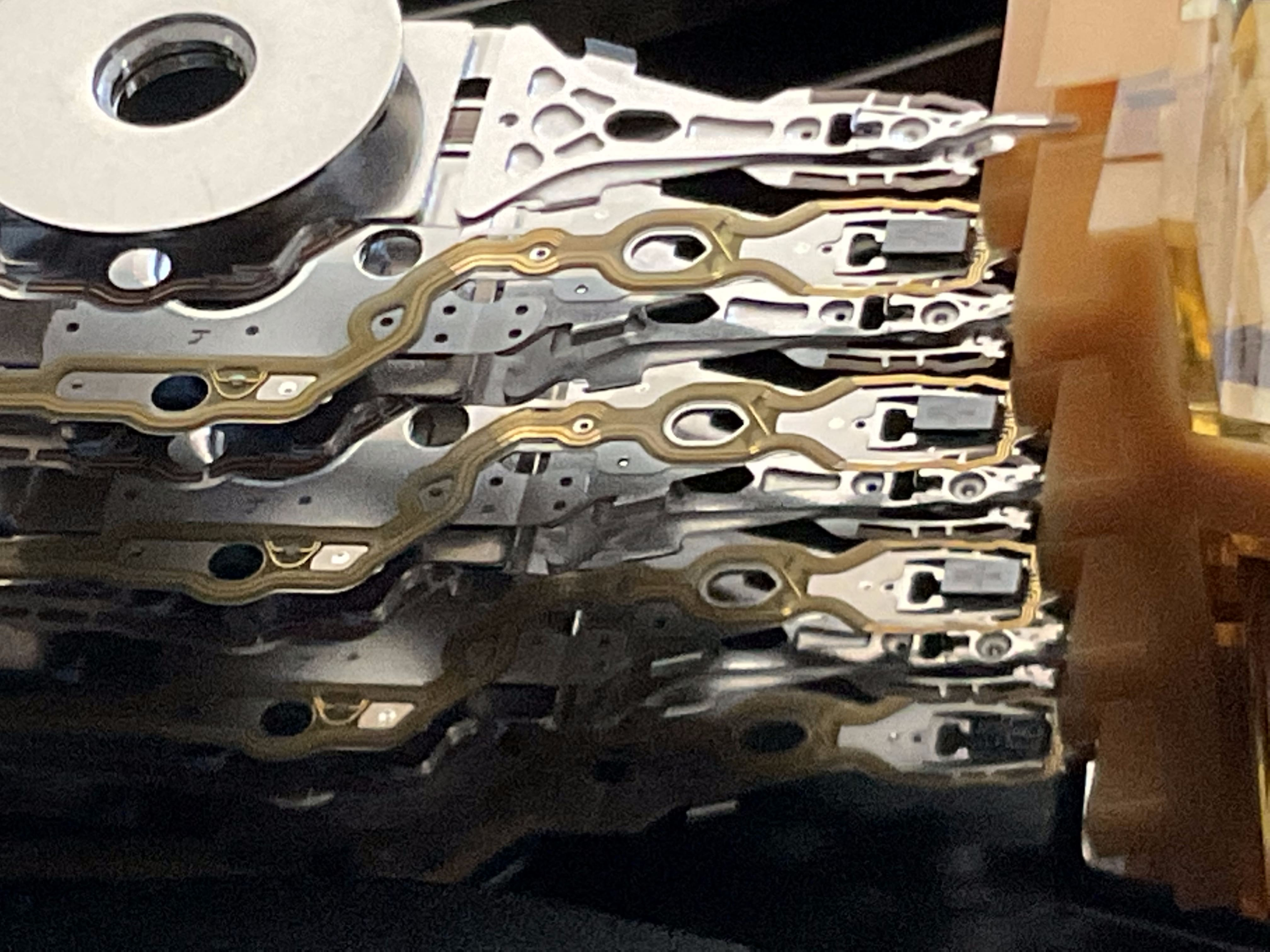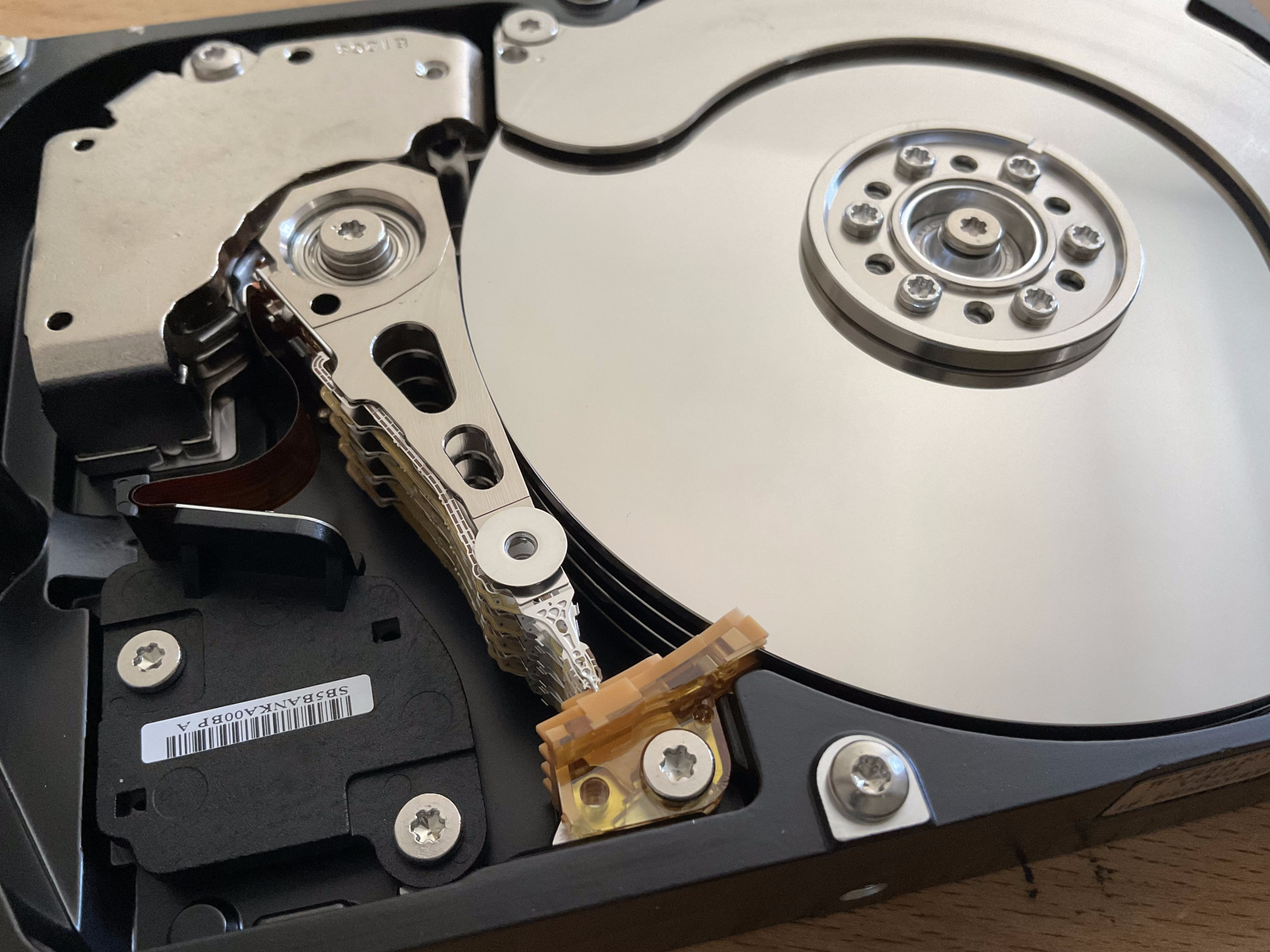The SpinPoint EcoGreen F3’s were Samsung’s first & final effort at mass-release of a 3.5″ hard disk drive series featuring a parking ramp. As Samsung’s drives are famously known for utilising contact start-stop throughout their modern history, the F3 EcoGreen’s are a different look at Samsung’s same-old design. Fortunately, (or perhaps for my own wallet, unfortunately) this post dives into the internals of these drives, allowing a look at Samsung’s attempt.
It would only be a shame to come, that Seagate would end these efforts much earlier than perhaps expected.

Drive Attributes ---------------------------------------- Samsung SpinPoint F3EG HD203WI ---------------------------------------- Capacity 2TB Mfc Date 2010-06 Format 3.5" Interface SATA Platters 4 Heads 8 Cache 32MB RPM 5400 Protocol Serial-ATA/300 Origin Korea (SEC) ----------------------------------------
Being the highest capacity member of the F3EG’s, with only two models being released, the HD203WI features 4 platters & 8 heads.
[label image pending]
These drives were produced solely in Korea, from what is currently known. It seems Samsung didn’t outsource production of these to SAE-Magnetics, holding sole production internally in their own factories within their home country. The label is fairly insignificant aside.



From the base there’s nothing particularly new or innovative. It looks like any other Samsung from the period, particularly of its proceeding F3 brethren.

Compared to the standard F3’s, there are no changes made to the PCB or logic design. All IC’s are identical, including layout & placement. Suffice to say, Samsung made no changes from an exterior perspective, with the same old Marvell 88i8925E-TFj2 at the helm.
Samsung supplied their own 32MB of cache, with a standard spindle motor controller being supplied from Texas Instruments.

The rear of the PCB has nothing special on it either, pah!

With just a piece of foam beneath the PCB, there’s nothing interesting of note aside. Everything looks like any other Samsung using this exterior design.

With using this particualar specimen for only a short while, initial expectations were quite high. Sadly, after several failed attempts of installing Windows 7, the SMART report on this unit instantly gave a sinking feeling. Before pulling this unit open, it had reached over 400 currently pending sectors, with the drive never being able to reallocate them as intended. All attempts at sector reads & writes resulted in another pending sector.
As a result, looking inside won’t do any harm (aside from the €20 I lost from this whole nightmare!). Please enjoy the pictures below, providing concrete proof that these truly are ramp-loading drives.








If you missed the video I made on this drive, you can find it here: